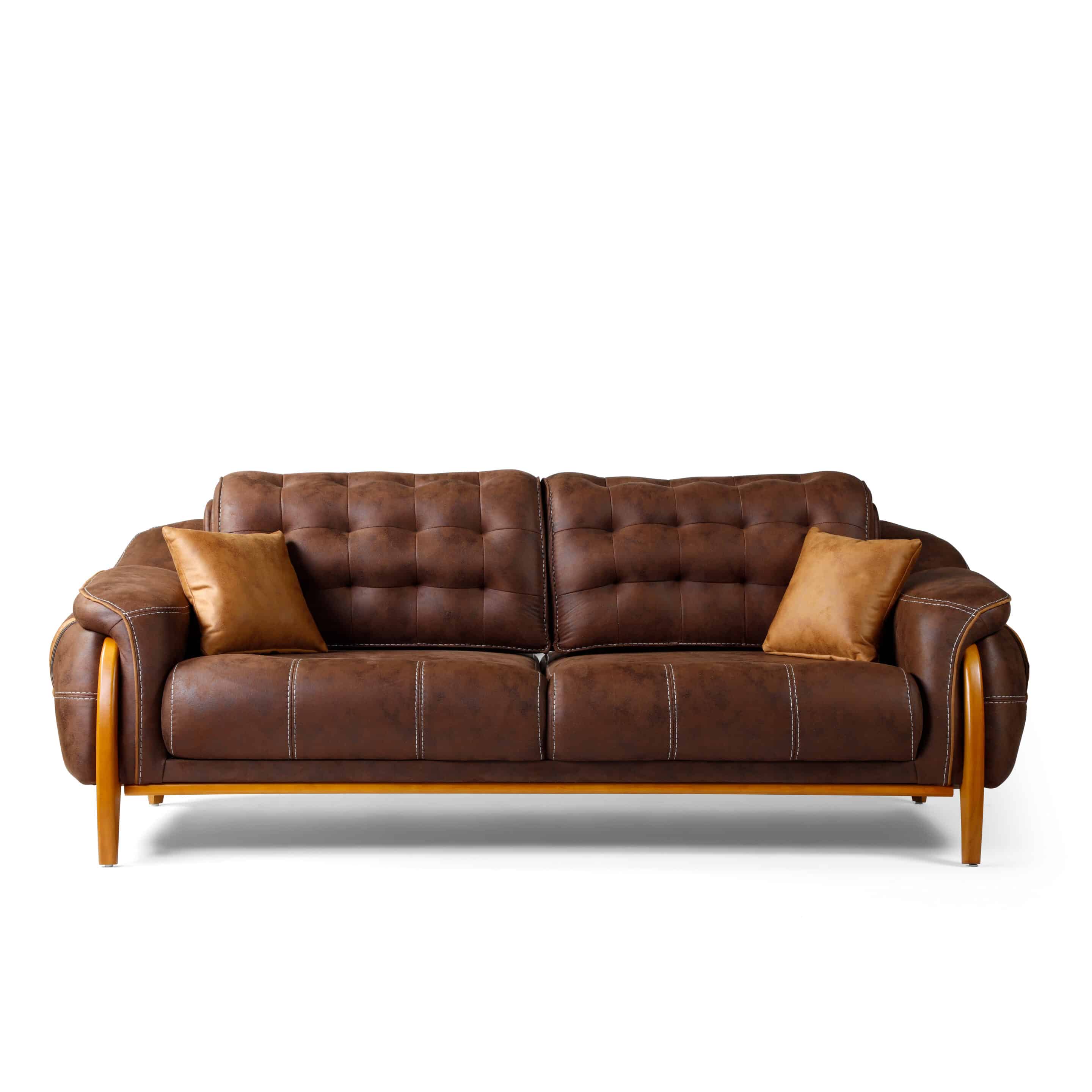The Ultimate Overview to Upholstery Fixing Techniques
In the realm of furnishings upkeep, the art of upholstery repair work is a skill that can take a breath brand-new life into worn-out items and preserve treasured valuables. Keep tuned as we decipher the details of this craft and reveal the secrets to mastering furniture repair techniques that will certainly elevate your furnishings restoration undertakings.
Assessing Furniture Damages
When examining upholstery damages, it is vital to carry out an extensive evaluation to precisely establish the level of the issues present. Begin by aesthetically checking the furniture for any kind of noticeable rips, rips, stains, or discoloration.
Following, assess the underlying framework of the furniture to look for any damage to the framework, springs, or cushioning. In some cases, the damage might not be quickly visible on the surface but can significantly impact the overall honesty of the furniture. By completely analyzing both the external furniture and interior elements, you can ensure that all concerns are determined and properly resolved during the repair work process.
In addition, take into consideration the kind of upholstery product utilized as different fabrics and natural leathers may call for certain repair techniques. upholstery repair. Recognizing the material buildings will assist in choosing one of the most ideal repair work methods and products to achieve optimal outcomes
Important Devices and Materials
To efficiently conduct furniture repair services, having the appropriate tools and products is vital for accomplishing expert results. Vital tools for upholstery repair include a staple weapon for safeguarding textile, upholstery needles and thread for sewing, scissors for reducing material, a rubber mallet for touching in furniture elements, and pliers for removing old staples and nails. By guaranteeing you have the essential devices and materials before beginning a furniture repair work project, you can work successfully and properly to recover furnishings to its former glory.
Preparing the Furnishings Surface
Preparation of the furniture surface area is a critical preliminary action in ensuring the successful result of any kind of upholstery repair task. Before beginning any kind of repair service work, it is important to extensively cleanse the furniture surface area to get rid of dust, dust, and any type of various other particles that could conflict with the attachment of new products. This can be done utilizing a vacuum cleaner, a soft brush, or a wet cloth, depending upon the kind of furnishings and the degree of dirt present.
When the surface is tidy, any loosened or broken furniture fabric, cushioning, or springtimes ought to be carefully gotten rid of. This action why not try this out is vital to guarantee that the brand-new products stick safely which the repaired upholstery keeps a expert and smooth look. In addition, any old staples or tacks must be taken out, and the surface should be evaluated for any kind of structural damages that may require to be addressed prior to proceeding with the repair service.

Fixing Tears and Holes
After ensuring the furnishings surface area is complimentary of particles, dust, and dirt and removing any type of broken or loosened my sources upholstery products, the next step in furniture repair includes resolving tears and openings in the textile. Repairing rips and holes in furniture can help prolong the life of your furnishings and recover its aesthetic charm. It is important to thoroughly match the shade and texture of the patch material to the initial upholstery for a seamless fixing.
Removing Smells and stains
Dealing with stubborn discolorations and remaining smells in furniture requires a targeted and comprehensive approach to make certain efficient restoration of the textile's appearance and freshness. Discolorations can be triggered by various materials such as food spills, animal crashes, or beverage incidents, while odors commonly stem from smoke, pet this hyperlink dog dander, or spills permeating the upholstery fibers. Normal upkeep and punctual attention to spills can assist in avoiding deep-rooted stains and odors, maintaining the upholstery's problem.

Final Thought
Finally, mastering upholstery fixing techniques requires cautious assessment of damage, making use of crucial devices and materials, proper preparation of the furniture surface area, and the competent repair service of rips, openings, smells, and discolorations. By following these steps, individuals can efficiently bring back and extend the life of their furniture.

Essential devices for furniture repair work include a staple weapon for protecting textile, upholstery needles and thread for sewing, scissors for cutting fabric, a rubber mallet for touching in furnishings elements, and pliers for removing old staples and nails. By guaranteeing you have the needed tools and products prior to starting a furniture repair service project, you can function effectively and efficiently to recover furnishings to its previous magnificence.
Preparation of the furnishings surface is an essential first step in ensuring the effective result of any kind of upholstery repair job.After ensuring the furnishings surface is totally free of dirt, particles, and dust and removing any kind of loose or broken upholstery materials, the following action in furniture repair work entails dealing with rips and holes in the material - upholstery repair. Repairing tears and openings in furniture can help extend the life of your furniture and restore its aesthetic allure